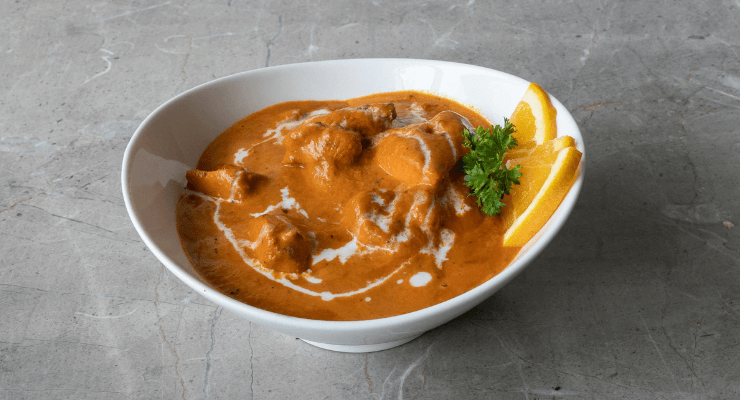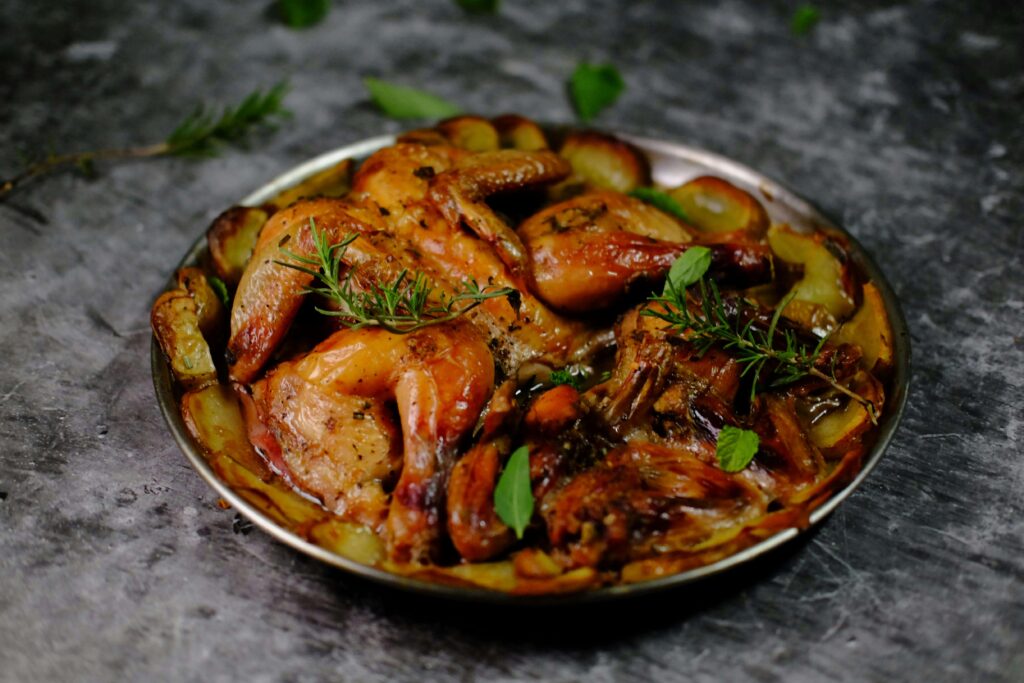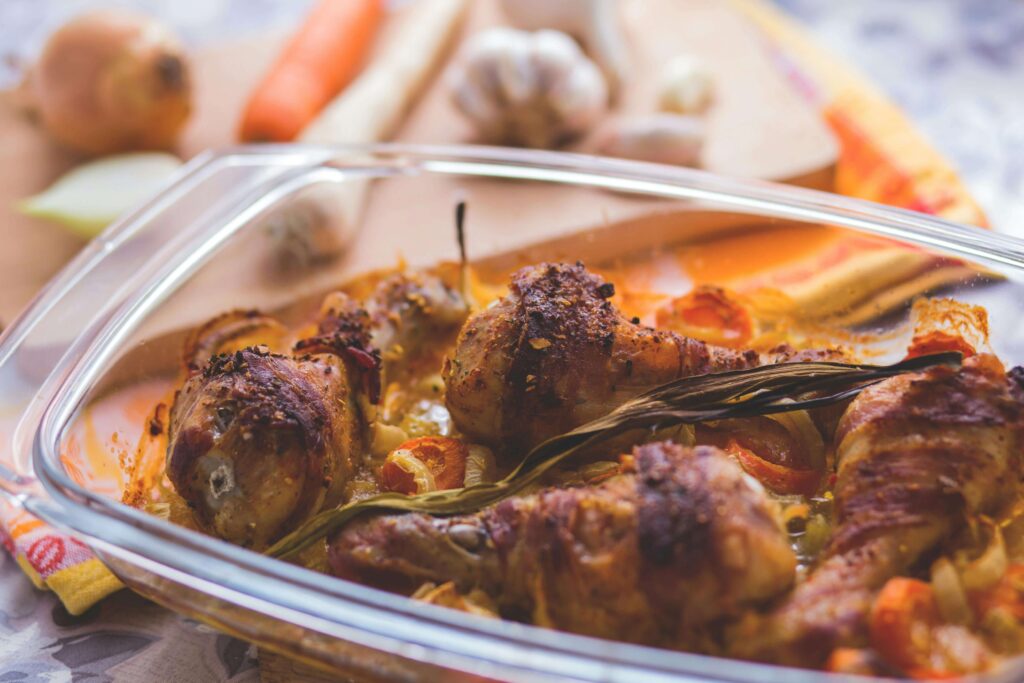
Chicken gravy is a comfort food staple that can elevate any meal, from simple mashed potatoes to a full-blown Sunday roast. Whether you’re new to cooking or an experienced home chef, making chicken gravy from scratch is easier than you think. This recipe will guide you through the process of creating a flavorful and rich chicken gravy that will make your meals unforgettable.
Why Chicken Gravy is a Must-Have in Your Recipe Collection
Gravy isn’t just a sauce; it’s a way to add depth, moisture, and flavor to dishes. In particular, it is versatile and pairs well with a wide variety of foods. From roasted chicken and mashed potatoes to biscuits or even rice, the possibilities are endless. Homemade chicken gravy is far superior to store-bought options because you control the ingredients, avoiding artificial additives while enhancing the flavor with fresh ingredients.
Ingredients for Homemade Chicken Gravy
Before diving into the step-by-step process, let’s gather the essential ingredients:
Ingredients:
Chicken drippings or fat (3-4 tablespoons): These are collected from roasted chicken for extra flavor.
Flour (3 tablespoons): The base for thickening the gravy.
Chicken broth or stock (2 cups): Homemade or store-bought.
Butter (2 tablespoons): Adds richness and smooth texture.
Salt (to taste): Balances the flavors.
Pepper (½ teaspoon): Adds a subtle spicy kick.
Garlic powder (optional, ½ teaspoon): For extra flavor.
Onion powder (optional, ½ teaspoon): Enhances the depth of the gravy.
Fresh herbs (optional, such as thyme or rosemary): Adds freshness and aromatic notes.

Step-by-Step Guide to Making Chicken Gravy
Step 1: Gather Chicken Drippings
If you’re roasting a chicken, don’t discard the drippings at the bottom of the pan. These drippings are liquid gold for making gravy. If you don’t have drippings, you can substitute with chicken fat or butter to get that rich base flavor.
Step 2: Prepare the Roux
A roux is a mixture of fat and flour used as the thickening agent in gravies. To make the roux:
1. Heat the chicken drippings or fat (or butter) in a saucepan over medium heat.
2. Add the flour and whisk continuously. Fry for approximately 2-3 minutes until the mixture achieves a golden brown color. This helps eliminate the raw flour taste and deepens the flavor of your gravy.
Step 3: Add the Chicken Broth
Slowly pour the chicken broth or stock into the roux while whisking to prevent lumps from forming. Beat the mixture until it is smooth and starts to thicken.
Step 4: Season the Gravy
When the gravy has thickened to your liking, season it with salt, pepper, garlic powder, and onion powder. Feel free to modify these seasonings according to your taste preferences.
If you’re using fresh herbs like thyme or rosemary, add them at this stage to infuse the gravy with aromatic flavors.
Step 5: Simmer and Adjust Consistency
Let the gravy cook on low heat for 5-10 minutes, stirring from time to time. Should the gravy become too thick, you can loosen it by incorporating additional broth. If the gravy is too thin, allow it to simmer longer to reduce.
Step 6: Serve and Enjoy
Remove the gravy from heat once it reaches the desired consistency and flavor. Serve it hot over your favorite chicken dishes, mashed potatoes, biscuits, or rice.

Pro Tips for Perfect Chicken Gravy Every Time
Use Homemade Broth: If possible, use homemade chicken broth or stock for a richer, more authentic flavor. Simmer chicken bones, onions, garlic, and herbs to make your own stock.
Deglaze the Pan: If you’re roasting chicken, use the browned bits (fond) from the bottom of the pan. Add a bit of broth or water to the pan and scrape up those bits before adding them to your gravy for extra flavor.
Adjust the Seasoning: Always taste your gravy as it cooks. You may need more or less salt depending on how salty your broth or drippings are.
Make Ahead and Reheat: Gravy can be made ahead of time and stored in the fridge. Simply reheat it gently over low heat, adding a splash of broth if it thickens too much during storage.
Variations of Chicken Gravy
1. Creamy Chicken Gravy
For a richer, creamier gravy, substitute half of the chicken broth with heavy cream or milk. This makes a delicious topping for biscuits or mashed potatoes.
2. Mushroom Chicken Gravy
Sauté sliced mushrooms in butter before adding the flour to create a mushroom chicken gravy. The mushrooms add an earthy depth to the flavor and pair wonderfully with chicken dishes.
3. Spicy Chicken Gravy
Add a pinch of cayenne pepper or crushed red pepper flakes for a spicy twist on your gravy. This variation works well with roasted chicken or spicy dishes like fried chicken.
4. Herb-Infused Chicken Gravy
Incorporate fresh herbs such as rosemary, thyme, or parsley for an herb-infused chicken gravy. These herbs bring freshness and complexity to the gravy, enhancing the overall flavor profile.
Conclusion
Making chicken gravy from scratch is an essential skill for any home cook. It’s not only simple but also incredibly versatile, enhancing the flavor of countless dishes. By following this guide and experimenting with the suggested variations, you’ll soon become a master of homemade chicken gravy. Whether you’re serving it over roast chicken, mashed potatoes, or biscuits, this gravy recipe is sure to impress.
Frequently Asked Questions (FAQs)
1. Can I make chicken gravy without drippings?
Yes, you can still make delicious chicken gravy without drippings. Substitute the chicken drippings with butter or oil, and use chicken broth to create the base of the gravy. The flavor won’t be as rich, but you can enhance it by using high-quality broth and seasonings.
2. How do I fix lumpy gravy?
If your gravy turns out lumpy, you can smooth it by whisking vigorously or using an immersion blender. Alternatively, you can strain the gravy through a fine-mesh sieve to remove any lumps.
3. How can I thicken my gravy if it’s too thin?
If your gravy is too thin, let it simmer longer to reduce the liquid and thicken. If that doesn’t work, mix a small amount of flour or cornstarch with cold water to form a slurry, and slowly whisk it into the gravy until it thickens to your liking.
4. Can I freeze leftover chicken gravy?
Yes, you can freeze leftover gravy in an airtight container for up to three months. When reheating, do so over low heat and stir frequently to maintain its smooth consistency.
As an Amazon Associate, I earn from qualifying purchases.



